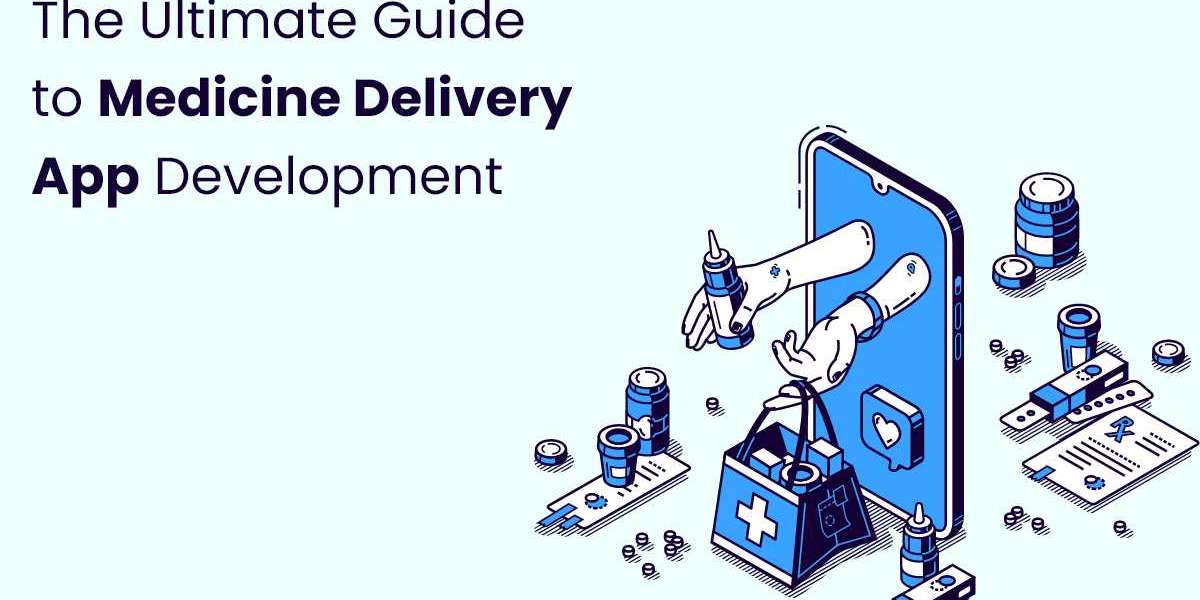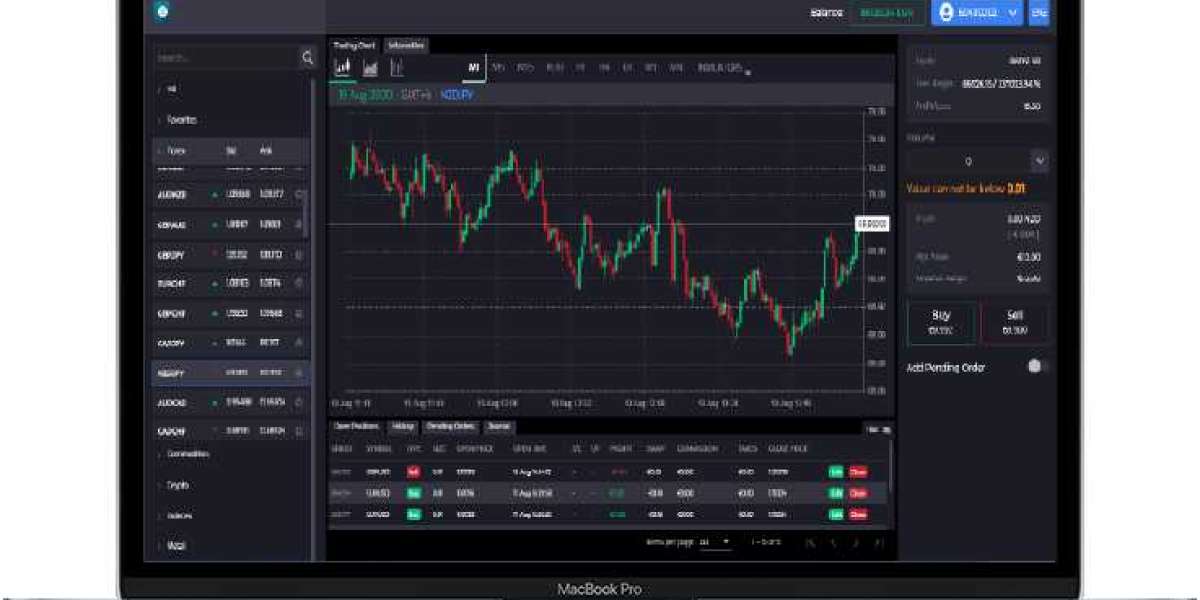In today's digital age, technology has revolutionized the way we access healthcare services. Medicine delivery apps offer a convenient and accessible solution for users to order prescription medications and have them delivered directly to their doorstep. Developing a successful medicine delivery app requires careful planning, execution, and iteration to create a solution that meets the needs of users and delivers value to stakeholders.
Understanding the Need for Medicine Delivery Apps
- Addressing the challenges of traditional pharmacy visits
- Catering to the growing demand for convenient healthcare solutions
- Enhancing accessibility to medications for individuals with mobility limitations or chronic conditions
The Potential Impact of Medicine Delivery Apps
- Improving medication adherence and health outcomes
- Reducing healthcare costs and hospital readmissions
- Empowering users to take control of their healthcare journey
Research and Planning
Before diving into app development, it's essential to conduct thorough research and planning to understand your target audience, market dynamics, and competitive landscape.
Market Analysis and +Competitor Research
- Identify target demographics and user personas
- Analyze market trends, opportunities, and challenges
- Conduct a competitive analysis to identify key players and gaps in the market
Defining Objectives and Requirements
- Establish clear goals and objectives for your app
- Define the features, functionality, and user experience you want to offer
- Create a detailed project plan outlining timelines, milestones, and resource requirements
Designing the User Experience
User experience (UX) design is critical to the success of a medicine delivery app, as it directly impacts user satisfaction and engagement.
User Interface Design
- Design an intuitive and user-friendly interface
- Prioritize simplicity, clarity, and ease of navigation
- Incorporate features such as medication search, prescription upload, and secure payment options
Prototyping and Testing
- Create wireframes and prototypes to visualize the app's layout and functionality
- Conduct usability testing with real users to gather feedback and iterate on design improvements
- Ensure compatibility across different devices, screen sizes, and operating systems
Development and Implementation
Once the design phase is complete, it's time to start developing your medicine delivery app.
Choosing the Right Development Approach
- Decide whether to build the app in-house, outsource development, or use a low-code/no-code platform
- Select the appropriate technologies, frameworks, and tools based on your project requirements
- Develop a scalable and secure backend infrastructure to power your app's functionality
Iterative Development and Agile Methodologies
- Adopt an iterative development approach to build, test, and refine features incrementally
- Embrace agile methodologies such as Scrum or Kanban to streamline collaboration and project management
- Maintain transparency and communication with stakeholders throughout the development process
Testing and Quality Assurance
Testing and quality assurance are crucial steps to ensure that your medicine delivery app functions as intended and delivers a seamless user experience.
Types of Testing
- Conduct functional testing to ensure all features work correctly
- Perform usability testing to evaluate the app's ease of use and accessibility
- Implement performance testing to assess speed, responsiveness, and scalability
Bug Fixing and Optimization
- Identify and fix any bugs, glitches, or usability issues
- Optimize app performance, security, and compatibility
- Test the app across different devices, network conditions, and user scenarios
Launch and Marketing
Once testing is complete, it's time to launch your medicine delivery app to the app stores and promote it to your target audience.
App Store Optimization (ASO)
- Optimize your app's metadata, keywords, and visuals to improve visibility and discoverability in the app stores
- Encourage users to leave positive reviews and ratings to boost credibility and trustworthiness
Marketing and Promotion
- Develop a comprehensive marketing and promotion strategy to generate buzz and attract users
- Utilize digital marketing channels such as social media, email marketing, and search engine optimization (SEO)
- Collaborate with healthcare providers, pharmacies, and industry influencers to reach a broader audience
Conclusion
Developing a medicine delivery app requires careful planning, execution, and iteration to create a successful and sustainable solution that meets the needs of users and delivers value to stakeholders. By following this ultimate guide and leveraging best practices in research, design, development, testing, marketing, and maintenance, you can bring your vision of a convenient and accessible healthcare solution to life. Together, we can empower individuals to take control of their healthcare journey and improve health outcomes for communities worldwide.



